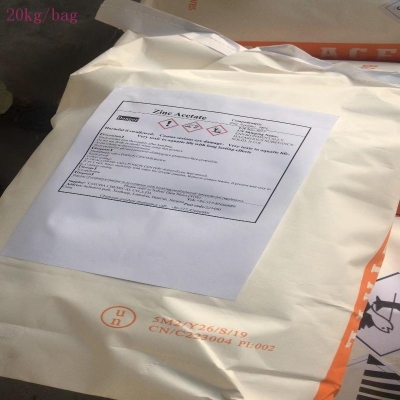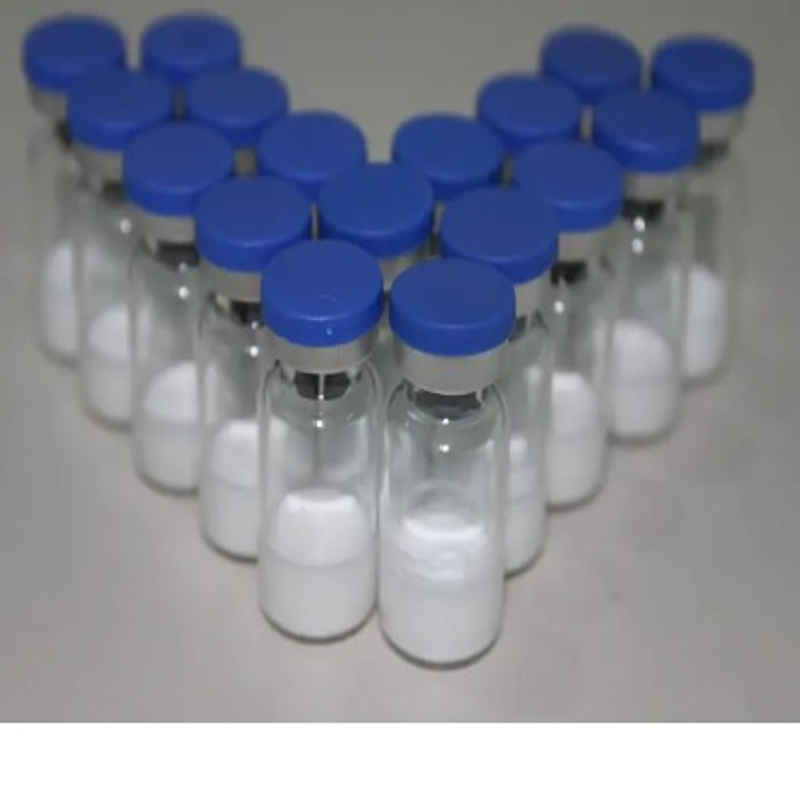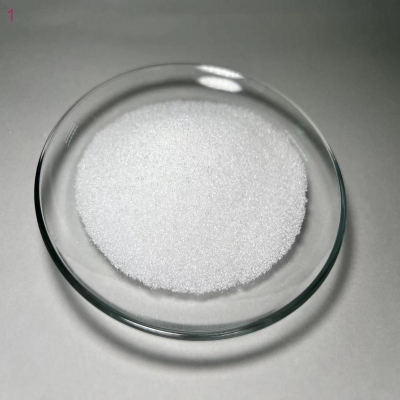-
Categories
-
Pharmaceutical Intermediates
-
Active Pharmaceutical Ingredients
-
Food Additives
- Industrial Coatings
- Agrochemicals
- Dyes and Pigments
- Surfactant
- Flavors and Fragrances
- Chemical Reagents
- Catalyst and Auxiliary
- Natural Products
- Inorganic Chemistry
-
Organic Chemistry
-
Biochemical Engineering
- Analytical Chemistry
-
Cosmetic Ingredient
- Water Treatment Chemical
-
Pharmaceutical Intermediates
Promotion
ECHEMI Mall
Wholesale
Weekly Price
Exhibition
News
-
Trade Service
After three years of development, my country's value-added fertilizer technology has grown from scratch, developed rapidly, and the industry has gradually grown.
The value-added fertilizer industry pattern has taken shape.
? A few days ago, at the "2015 Annual Meeting of the Technology Innovation Alliance for Fertilizer Value-Added Industries" held in Beijing, Wang Daolong, chairman of the alliance and director of the Institute of Agricultural Resources and Agricultural Regional Planning of the Chinese Academy of Agricultural Sciences, said that the research on value-added fertilizer product innovation is gradually deepening.
The quality control standards have been improved day by day, and the work of testing, demonstration and promotion has been steadily advanced.
? It is understood that since the establishment of the fertilizer value-added industry technology innovation alliance three years ago, the team has grown continuously.
The alliance companies have increased to 33, with a value-added urea production capacity of 4 million tons, and an output of 500,000 tons; a value-added diammonium phosphate production capacity of 600,000 tons, and an output of 10 10,000 tons; the production capacity of value-added compound fertilizer is 1 million tons, and the output reaches 300,000 tons.
? "From 2014 to 2015, the Alliance and the Ministry of Agriculture jointly used urea and diammonium humate in 17 provinces and autonomous regions in my country to develop high-yield wheat, and achieved good results.
In 2015, Dezhou City, Shandong Province The wheat and corn of the high-yielding demonstration household Sun Fengzhong’s family in Sunhanfu Village, Zhaijia Town, Yixian County were treated with urea zinc humate and diammonium zinc humate throughout the whole process, and finally won the title of Dezhou Grain King with a comprehensive yield of 1635.
7 kilograms per mu.
" According to Zhao Bingqiang, secretary-general and researcher of the Chinese Academy of Agricultural Sciences, value-added fertilizers have been widely recognized by farmers for their high fertilizer efficiency, strong resistance to adversity, and increased production and income.
Xin Jingshu, director of the Soil and Fertilizer Division of the National Agricultural Technology Center of the Ministry of Agriculture, said that an important measure to achieve "zero growth" in chemical fertilizers is to use new fertilizers.
Value-added chemical fertilizers represented by zinc humic acid value-added fertilizers conform to the Ministry of Agriculture's scientific fertilization philosophy.
? Henan Xinlianxin, Anhui Liuguo Chemical and other alliance member units said at the meeting that in 2016, they will work hard on the production and sales of value-added fertilizers to achieve differentiated competition.
? It is reported that by the end of the "13th Five-Year Plan", the alliance's annual production capacity development target for value-added fertilizers is 10 million tons of value-added urea, 10 million tons of value-added compound fertilizer, and 5 million tons of value-added diammonium, which will boost the technological upgrading of the fertilizer industry.
The value-added fertilizer industry pattern has taken shape.
? A few days ago, at the "2015 Annual Meeting of the Technology Innovation Alliance for Fertilizer Value-Added Industries" held in Beijing, Wang Daolong, chairman of the alliance and director of the Institute of Agricultural Resources and Agricultural Regional Planning of the Chinese Academy of Agricultural Sciences, said that the research on value-added fertilizer product innovation is gradually deepening.
The quality control standards have been improved day by day, and the work of testing, demonstration and promotion has been steadily advanced.
? It is understood that since the establishment of the fertilizer value-added industry technology innovation alliance three years ago, the team has grown continuously.
The alliance companies have increased to 33, with a value-added urea production capacity of 4 million tons, and an output of 500,000 tons; a value-added diammonium phosphate production capacity of 600,000 tons, and an output of 10 10,000 tons; the production capacity of value-added compound fertilizer is 1 million tons, and the output reaches 300,000 tons.
? "From 2014 to 2015, the Alliance and the Ministry of Agriculture jointly used urea and diammonium humate in 17 provinces and autonomous regions in my country to develop high-yield wheat, and achieved good results.
In 2015, Dezhou City, Shandong Province The wheat and corn of the high-yielding demonstration household Sun Fengzhong’s family in Sunhanfu Village, Zhaijia Town, Yixian County were treated with urea zinc humate and diammonium zinc humate throughout the whole process, and finally won the title of Dezhou Grain King with a comprehensive yield of 1635.
7 kilograms per mu.
" According to Zhao Bingqiang, secretary-general and researcher of the Chinese Academy of Agricultural Sciences, value-added fertilizers have been widely recognized by farmers for their high fertilizer efficiency, strong resistance to adversity, and increased production and income.
Xin Jingshu, director of the Soil and Fertilizer Division of the National Agricultural Technology Center of the Ministry of Agriculture, said that an important measure to achieve "zero growth" in chemical fertilizers is to use new fertilizers.
Value-added chemical fertilizers represented by zinc humic acid value-added fertilizers conform to the Ministry of Agriculture's scientific fertilization philosophy.
? Henan Xinlianxin, Anhui Liuguo Chemical and other alliance member units said at the meeting that in 2016, they will work hard on the production and sales of value-added fertilizers to achieve differentiated competition.
? It is reported that by the end of the "13th Five-Year Plan", the alliance's annual production capacity development target for value-added fertilizers is 10 million tons of value-added urea, 10 million tons of value-added compound fertilizer, and 5 million tons of value-added diammonium, which will boost the technological upgrading of the fertilizer industry.







